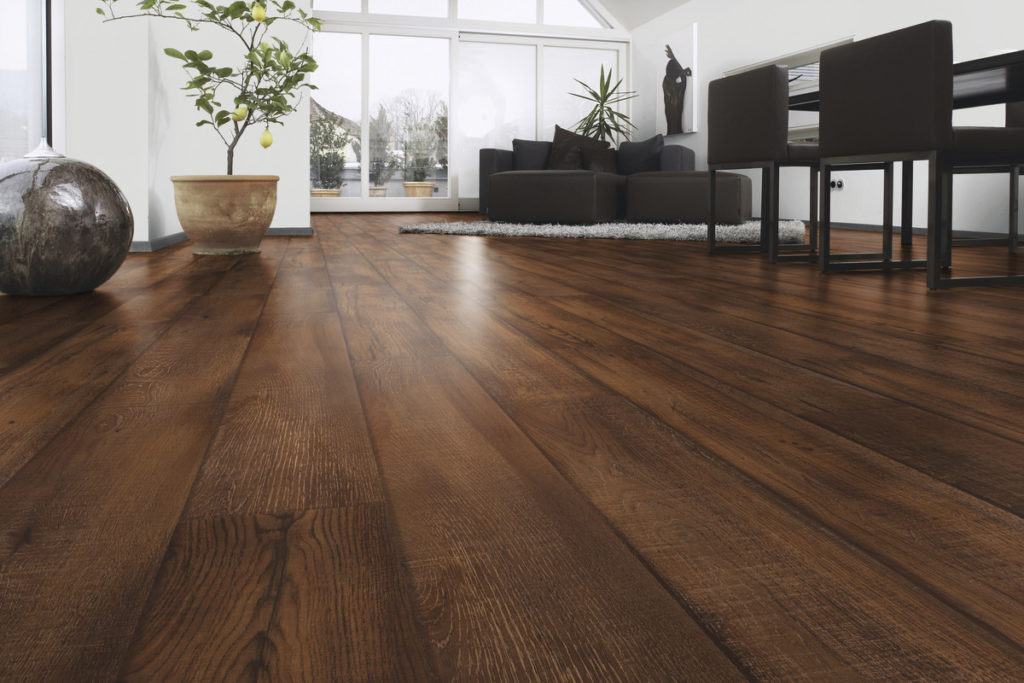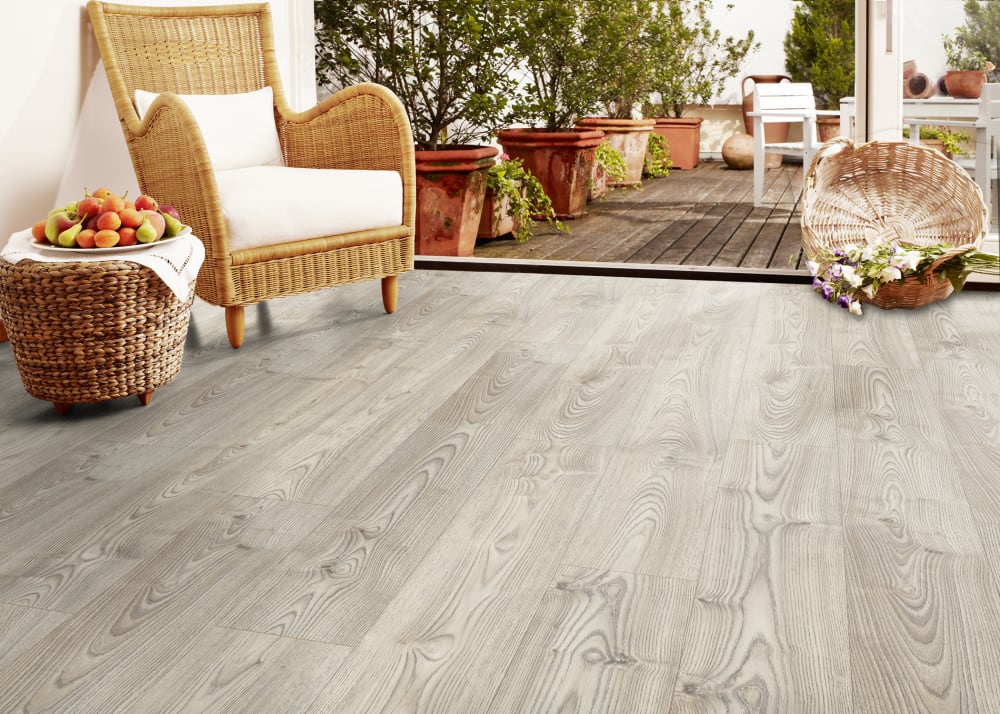In the realm of flooring, the advent of water-resistant laminate flooring has revolutionized the way we think about both style and functionality. This innovative flooring solution combines the timeless appeal of laminate with the added benefit of water resistance, catering to the demands of modern households seeking beauty and durability in their flooring choices.
Laminate flooring has come a long way in recent years, and manufacturers have made significant improvements in the quality and water resistance of laminate flooring. In this blog post, we will discuss the process of how manufacturers make laminate flooring water resistant, and the advancements in water-resistance qualities of laminate floors in recent years.
What Is A Water-Resistant Laminate Flooring?

Water-resistant laminate flooring is a type of flooring that is designed to resist the penetration of water. This type of flooring is typically made from multiple layers of high-density fiberboard that is laminated together with a decorative layer on top. The top layer is usually a high-resolution photograph or a printed design that mimics the look of natural materials such as wood or stone. The core layers of the laminate are treated with a water-resistant coating that helps to prevent the penetration of water into the fiberboard. This makes it suitable for use in high-moisture areas such as kitchens, bathrooms, and laundry rooms where traditional laminate flooring might not be suitable. It's also a good option for high-traffic areas because it is durable and easy to clean and maintain.
What Is The Process Of Making The Water-Resistant Laminate Flooring?
The process of making laminate flooring water-resistant begins with the selection of high-quality raw materials. The core layer of laminate flooring is made from high-density fiberboard (HDF), which is a dense and durable material that is resistant to moisture. The surface layer is a photographic image of wood or stone that is topped with a clear protective layer known as the overlay. This overlay is what gives laminate flooring its water resistance properties.
The overlay is made from a durable, moisture-resistant material known as melamine resin. This material is applied to the surface of the laminate flooring and then cured under high heat and pressure. The result is a surface that is resistant to moisture, stains, and scratches.
In recent years, manufacturers have made significant improvements in the water resistance of laminate flooring. One of the most notable advancements is the introduction of water-resistant core layers. These core layers are made from a specially formulated material that is resistant to moisture, even when the laminate flooring is submerged in water. This means that laminate flooring with water-resistant core layers can be installed in areas where there is a risk of water damage, such as bathrooms, kitchens, and basements.

Another advancement in laminate flooring is the use of enhanced overlay materials. These overlays are made from a more durable and moisture-resistant material than traditional melamine resin. This means that laminate flooring with enhanced overlay materials is even more resistant to moisture and stains than traditional laminate flooring.
The Evolution of Laminate Flooring:
Laminate flooring has long been cherished for its affordability, easy maintenance, and authentic wood or stone-like appearance. However, traditional laminate was not typically recommended for areas prone to moisture, such as kitchens, bathrooms, or basements, due to its susceptibility to water damage.
Enter Water-Resistant Laminate:
Water-resistant laminate flooring, a game-changer in the flooring industry, addresses this limitation. Its innovative construction includes a moisture-resistant core that prevents water from seeping into the planks, significantly reducing the risk of swelling, warping, or damage caused by moisture exposure.
Benefits Beyond Water Resistance:
Beyond its water resistance, this flooring boasts various benefits. It remains remarkably durable, resisting scratches, dents, and fading, making it ideal for high-traffic areas or households with pets and children. Its easy installation, low maintenance, and affordability further add to its appeal.
Aesthetic Appeal and Variety:
Water-resistant laminate flooring doesn't compromise on aesthetics. It offers a wide range of styles, designs, and textures that mimic the natural look of hardwood, stone, or tile. From classic oak finishes to modern tile imitations, homeowners have a plethora of choices to match their interior design preferences.
Practical Applications:
This flooring's ability to withstand moisture makes it a versatile choice for various spaces. It's suitable for kitchens, bathrooms, laundry rooms, and even entryways, where exposure to water or spills is more common.
Final Thoughts on Water-resistant Laminate Flooring

A final point on progress, many manufacturers have improved the locking systems of laminate flooring to make it more water-resistant. The click lock systems, which secure the laminate planks together, are designed to remain tight and resist water penetrating the core. Higher quality locking systems, using superior machines to cut the locking system can improve.
This means that even if water comes into contact with the flooring, it is less likely to penetrate the core.
Other flooring blog articles you may want to read:
CRAFT ARTISAN WOOD FLOOR: DISCOVER EXCELLENT HARDWOOD FLOORS MADE BY HAND
GOODFELLOW FLOORS: EXCEEDING YOUR FLOORING EXPECTATIONS
HOME’S PRO BUILDING MATERIALS: BEAUTIFUL FLOORING THAT’S GREAT FOR YOUR HOME
ENMON NORTH AMERICA: EXPERIENCE BEAUTIFUL AND PREMIUM QUALITY FLOORING
